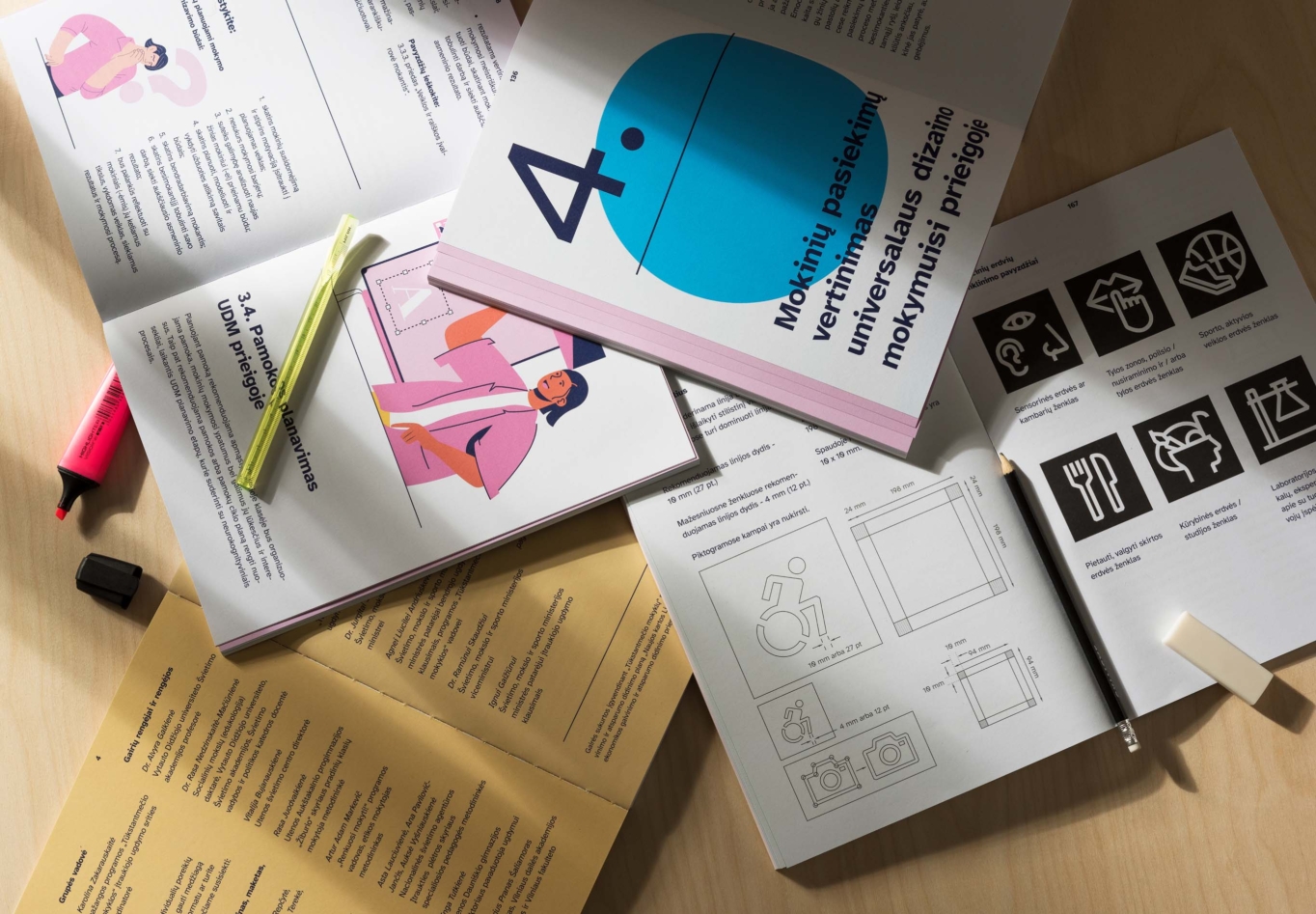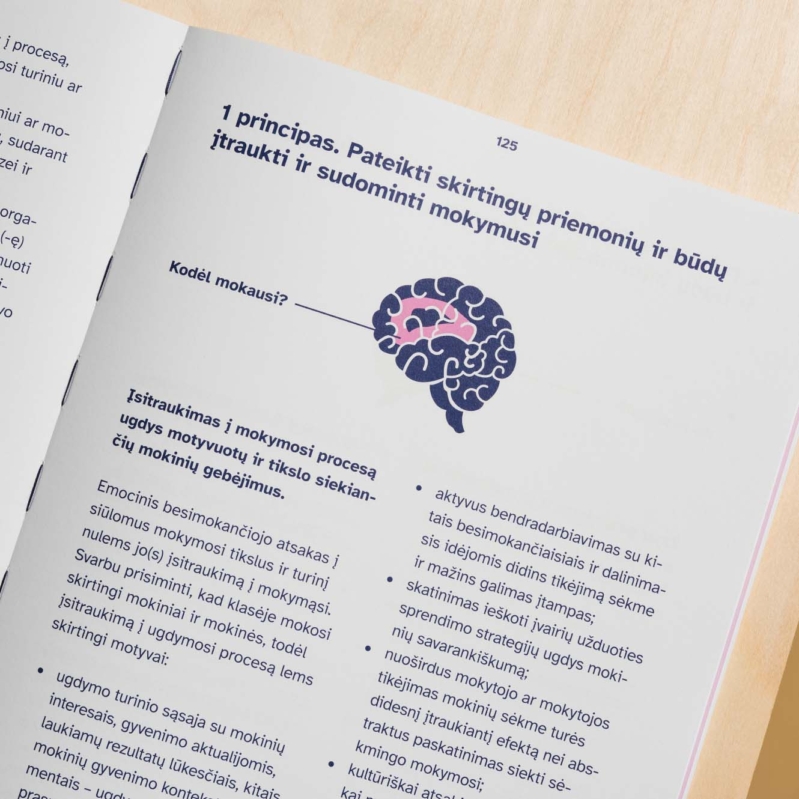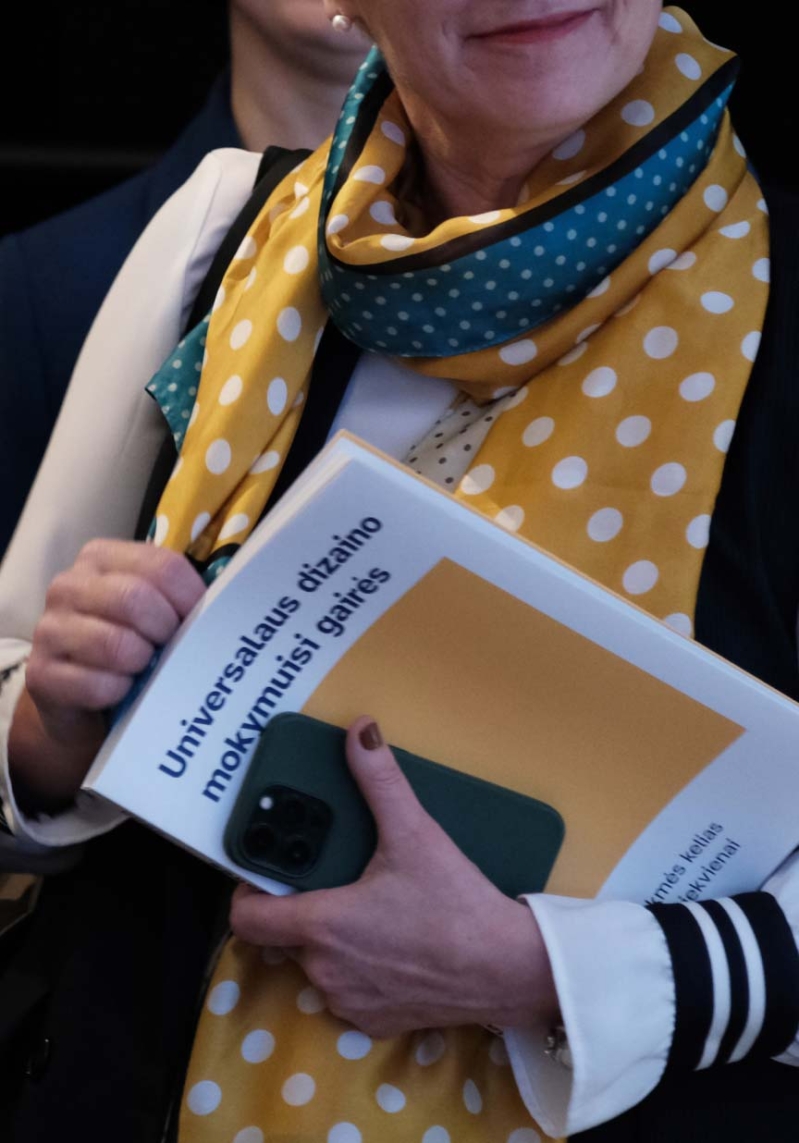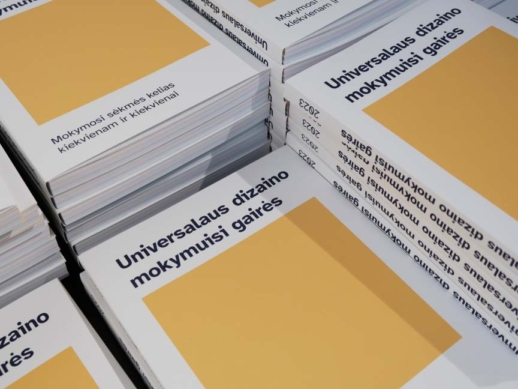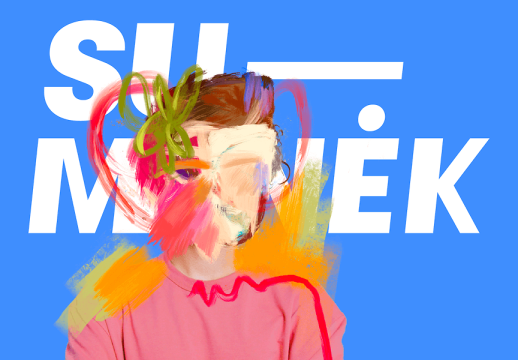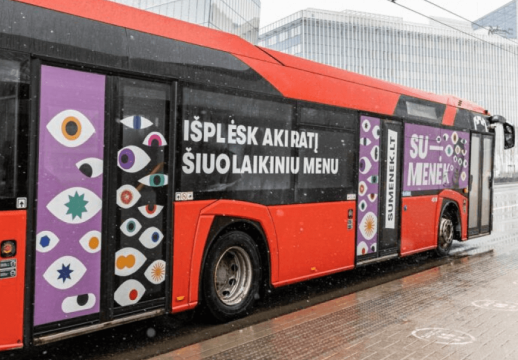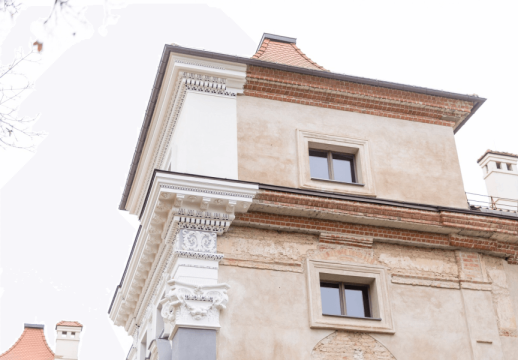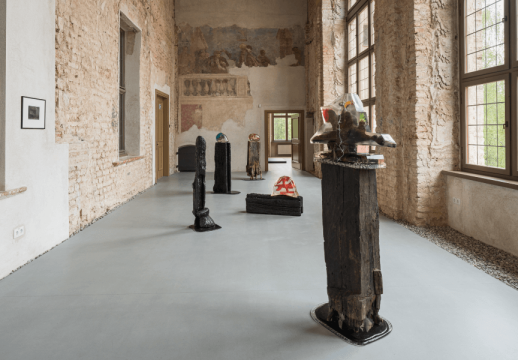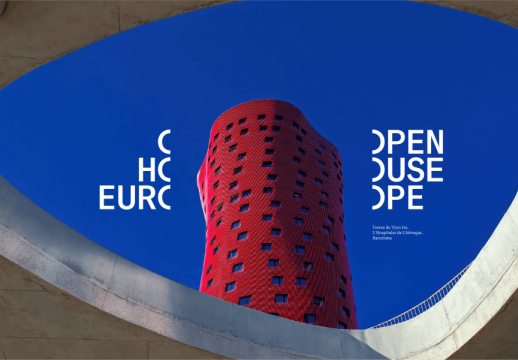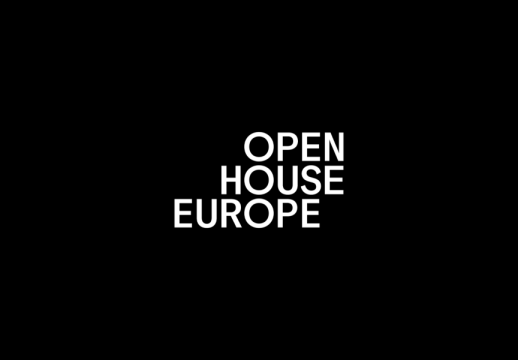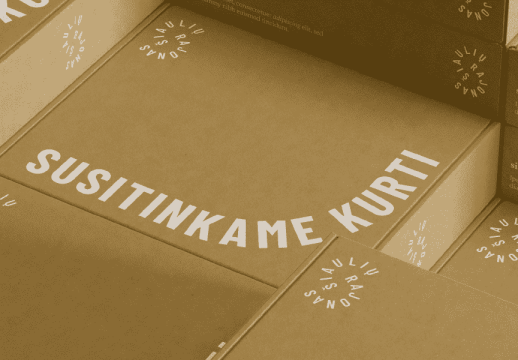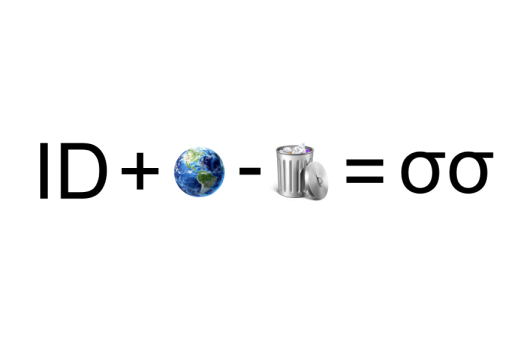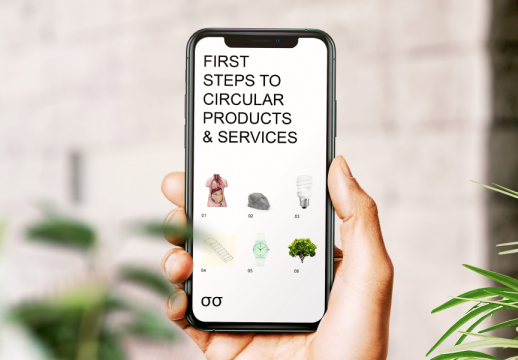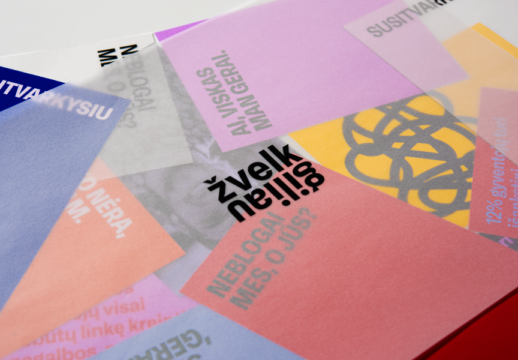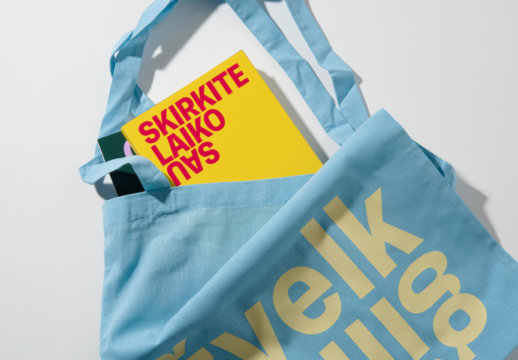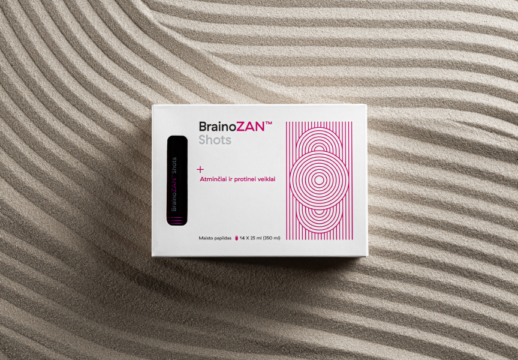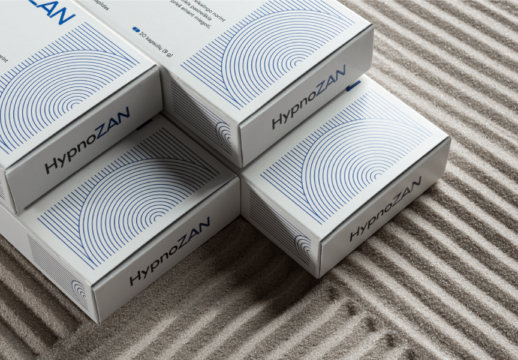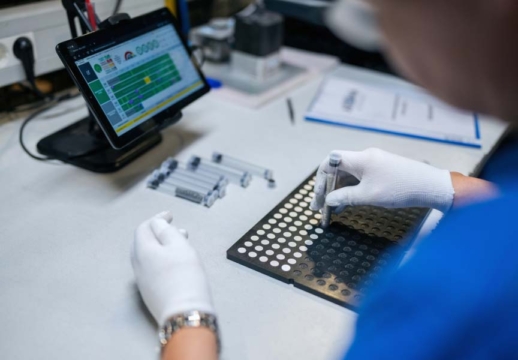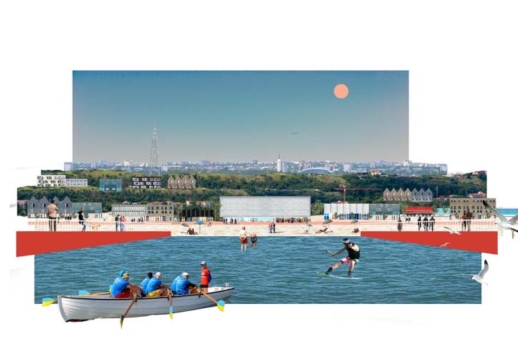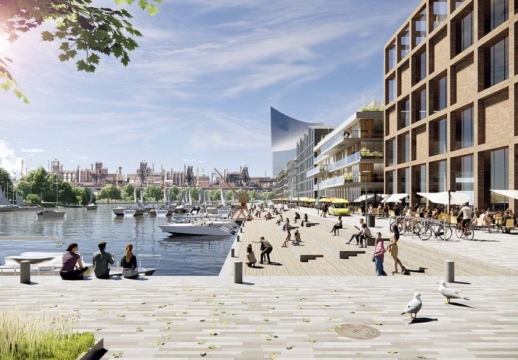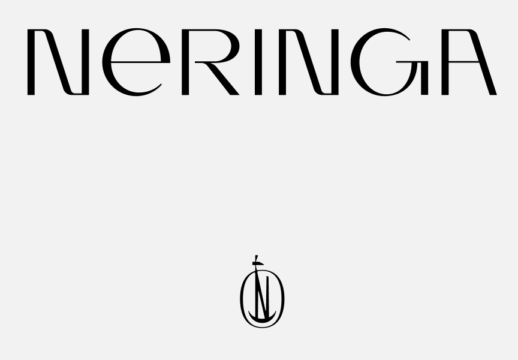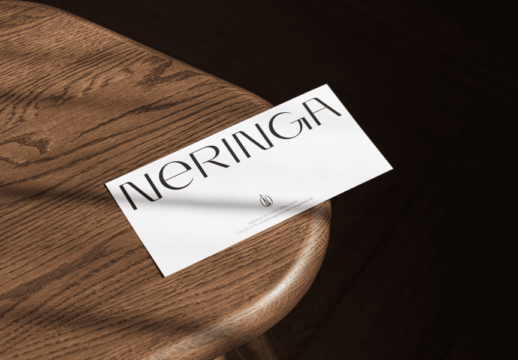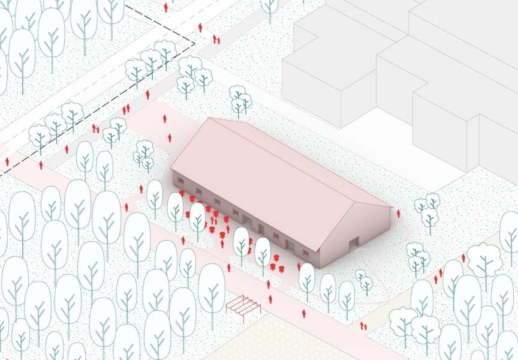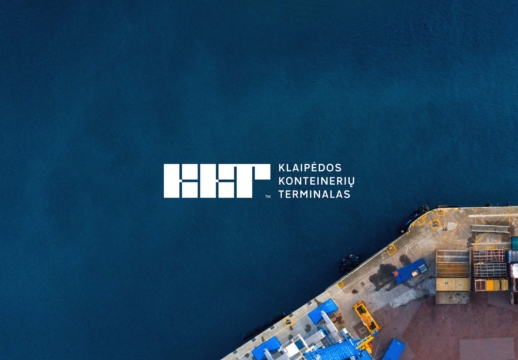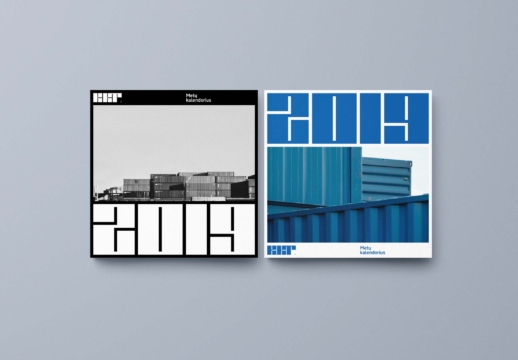The Universal Design for Learning Guidelines
- Paulius Budrikis
- Jonas Liugaila
- Jurgita Babilčiūtė
- Zigmas Vagonis
- Regina Terekė
- Žymantas Abromaitis
- Monika Repčytė
- Miglė Lapienytė
- Zigmas Vagonis
- Kernius Pauliukonis (PACKSHOT.LT)
The Millennium Schools Programme Of The Ministry Of Education, Science And Sport
Education
Strategy, Research, Branding, Editorial
2023
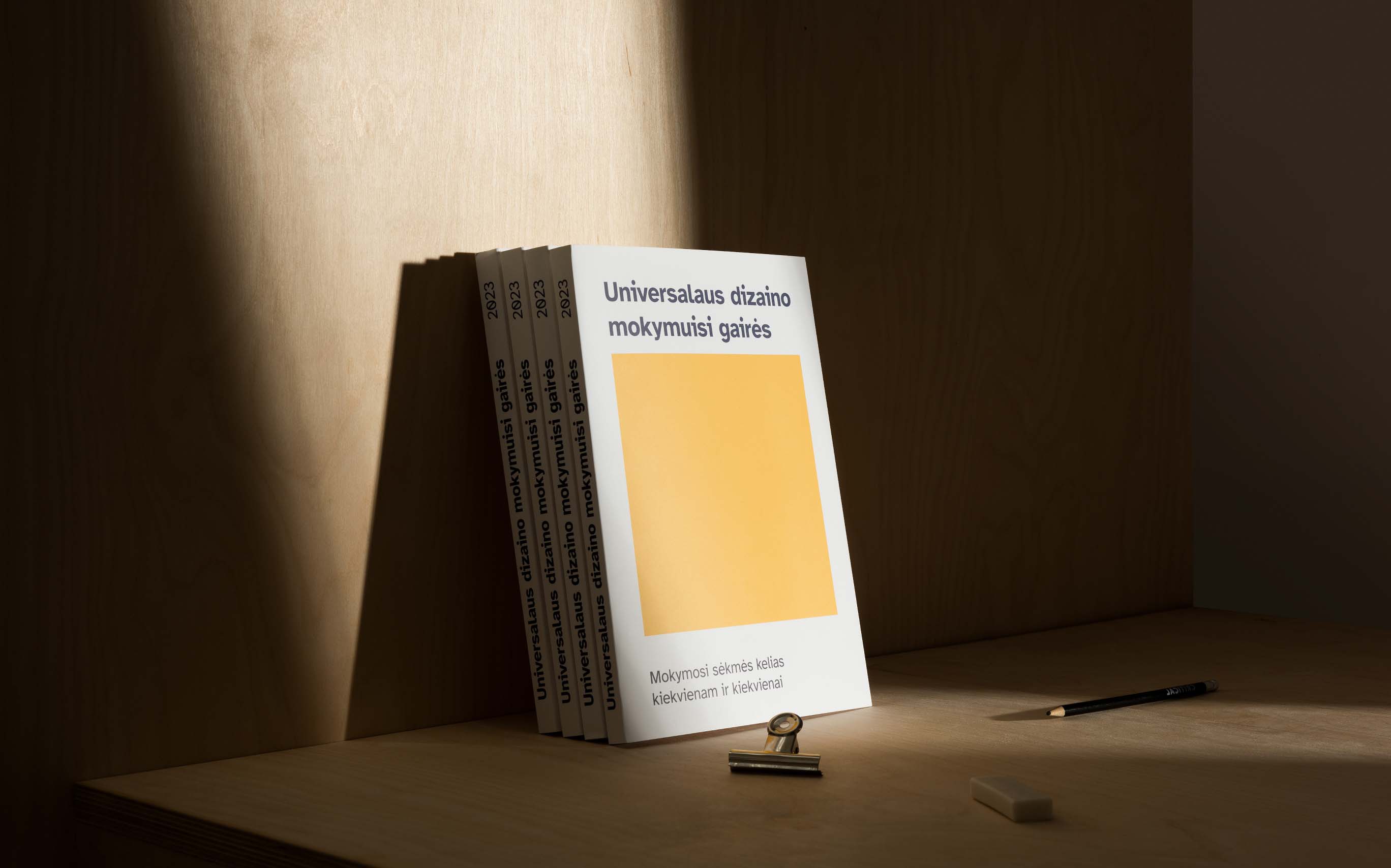
The Situation
The education ecosystem has been experiencing the need for change due to the shifting sociocultural landscape in the country. Universal Design Principles, which focus on inclusivity and possibilities for all, have primarily been applied in the infrastructure domain, while educational processes have remained untouched. Issues such as unclear terminology, fragmented stakeholders, lack of expertise, systemic bottlenecks, and more have contributed to this situation of uncertainty.
This context encouraged The Millennium Schools Programme of the Ministry of Education, Science and Sport to invite our agency to facilitate the process, from researching the context to designing the framework that brings change in the field of education.
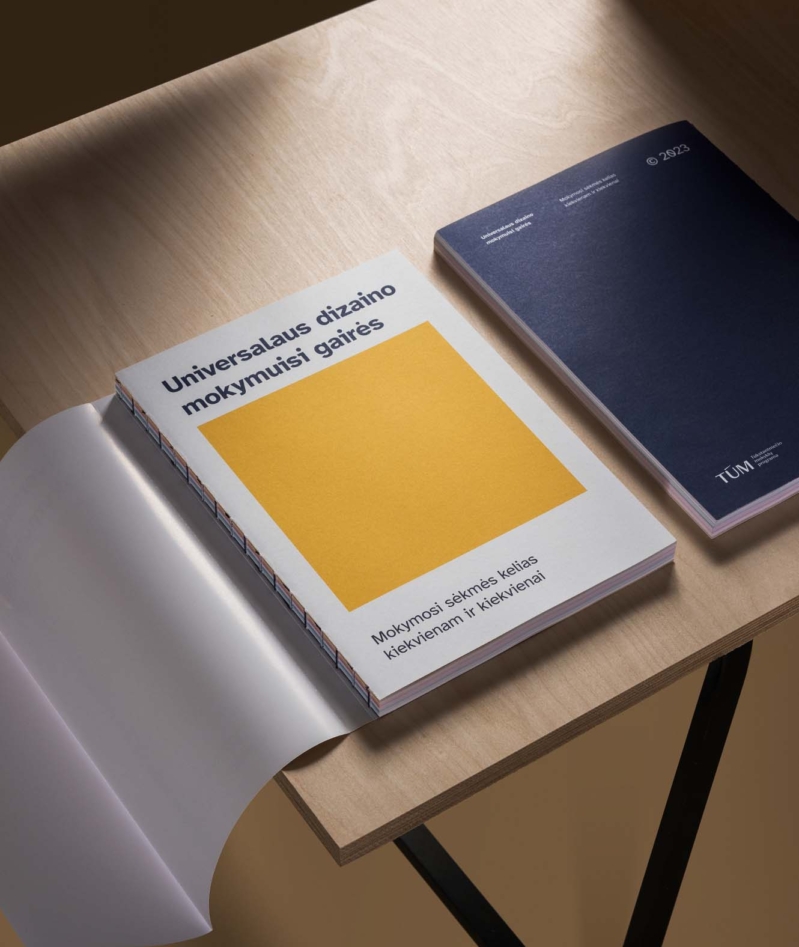
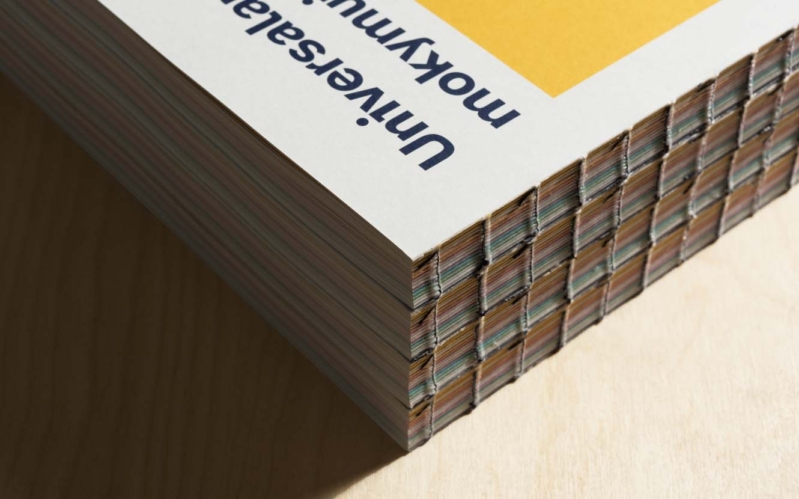
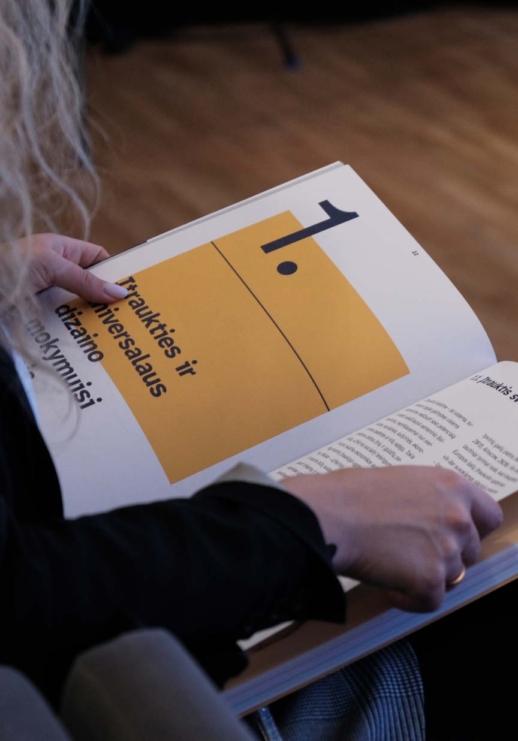
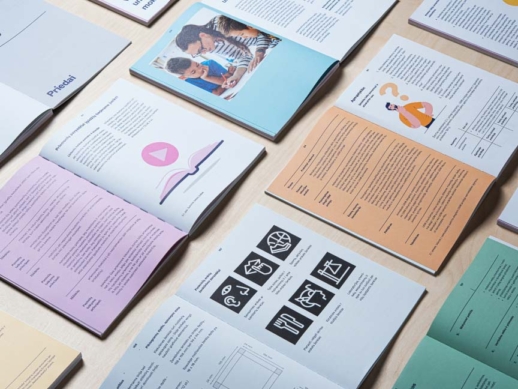
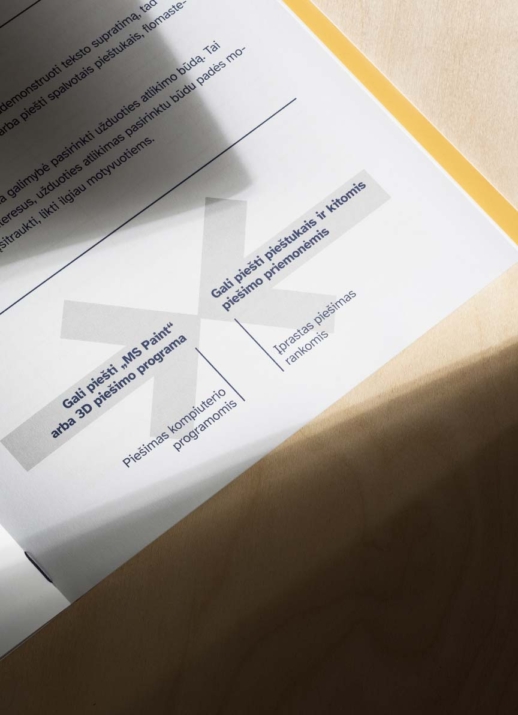
The Methods
Our teams apply context-thinking—an approach we have fine-tuned through various practical experiences—to solve challenges. In this case, context-thinking was tailored to engage different stakeholders and reveal the shared vision they have for improving education together and putting these principles into a framework for guidelines. Moreover, the insights gathered from various workshops served as the foundation for the guidelines design system.
The UDL development process was highly participative and inclusive. The guidelines were co-developed by prominent experts in the field of education, including representatives from governmental institutions, NGOs, academics, and teachers. The process was facilitated by The Critical, a research and design agency, and comprised five phases:
Experts were brought on board and briefed about the project.
In the three sessions, participants first analysed the challenges of the current educational system in Lithuania, specifically addressing inclusivity, accessibility, diversity, and the application of Universal Design Principles in education. Secondly, they drafted a common vision for the UDL guidelines, outlining its goals, target groups, functions, main themes, and criteria for content development and book design.
Following the co-creation sessions, experts collaborated to create the content for the guidelines.
Editing the content of the guidelines to ensure an intuitive, seamless and smooth user experience.
The content developed was then shaped into a book, following Universal Design Principles.
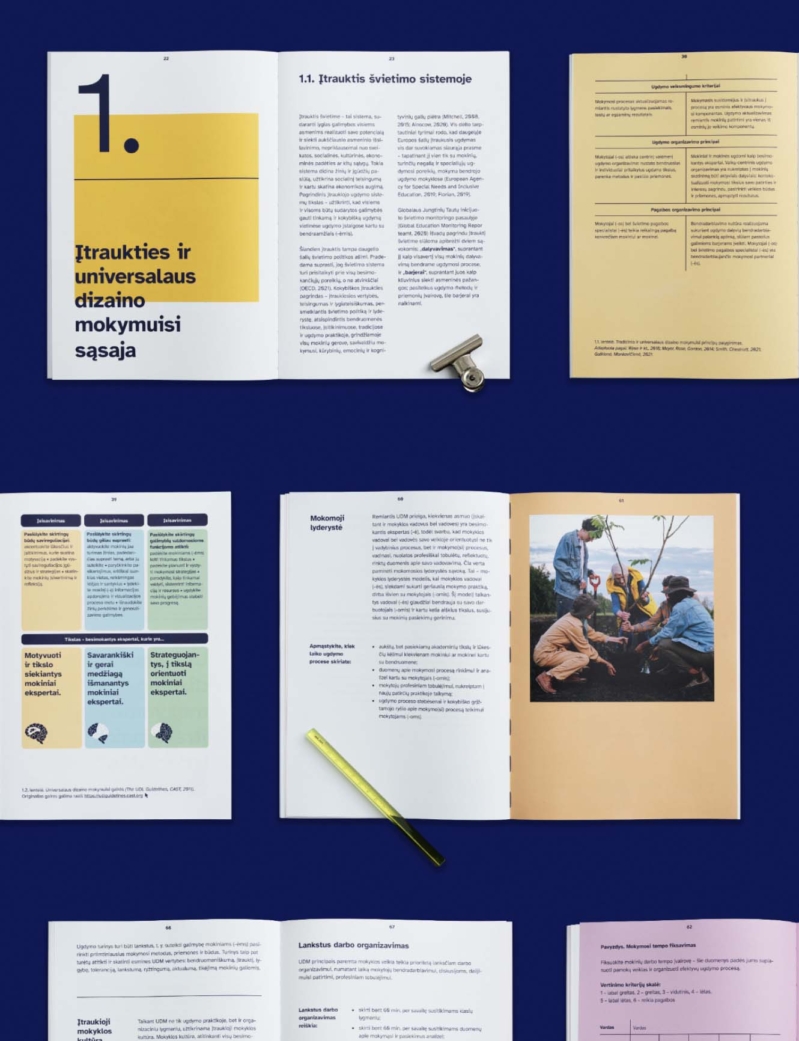
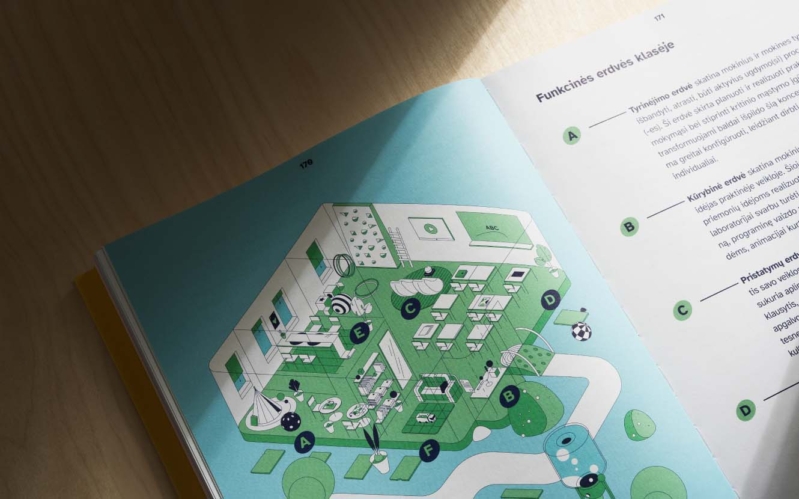
Design System
The design system for universal accessibility applies inclusivity, simplicity, and clarity principles through layout composition, color schemes, graphic elements, and typography. The main symbol of the universal design metaphor is a simple square shape that transforms into tables, graphs, and spaces for photos. The editorial guide has five chapters, each distinguished by a unique geometric shape that runs through the entire chapter. The design system color palette creates additional differentiation and proper contrast for all design elements. Typeface Atkinson Hyperlegible focuses on letterform differences, improving character recognition and readability. Some illustrations are also selected from Adobe Stock to complement and visualize the content for inclusiveness.
Print and Digital
The Principles of Universal Design also influenced the structure of the editorial’s composition and typography hierarchy, and the publication was created for convenient use both in the digital space and in print format, taking into account maximum visibility for all people. The composition of the layout in the digital version is created as a single page, not forgetting that also it will be seen in the two-page / spread layout.
The UDL guide was bound in a manner that facilitated effortless scanning and copying, with all pages lying flat without any gaps. The digital version displayed a single-page view with spacious margins, which could be easily printed in schools and other institutions if required.
